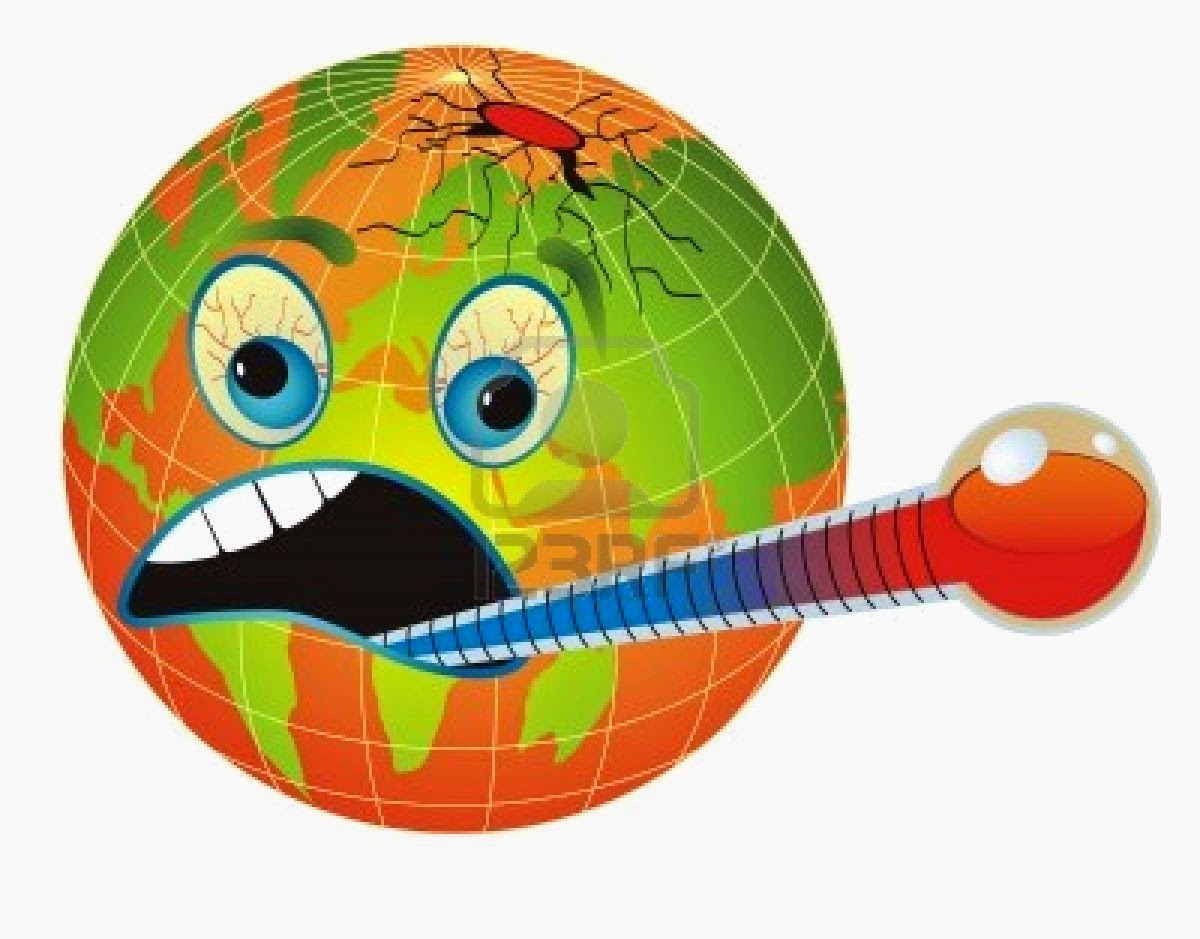Environmental problems cause loss of biodiversity. Deforestation and
pollution of water sources; constitute a major environmental threat by
destruction causing ecosystems. For example extinction of frogs in the cloud
forests, destruction of coastal mangroves, erosion of natural and agricultural
landscape, climate change, and pollution of coastal.
POLLUTION SOLID
It is one of the environmental problems more common and damaging actually;
virtually everyone contribute to it: if you not used landfills, do not separate
the garbage and not recycle. This problem is intensified when, away from home,
is added the one produced by commerce, industry and hospitals. Solid waste
produced contamination, physical, chemical and biological with destructive
effects on nature and human health. People should create conservationist
awareness that induces the producing less waste, the reuse and recycling.
DEFORESTATION
Forests play an important role in the life of the planet and human
beings; between they prevent erosion, hold moisture planet, absorb carbon
dioxide from the atmosphere and convert the oxygen by photosynthesis. For this
reason the deforestation is one of the environmental problems that cause more
damage to the environment and to humanity. Food demand and urbanization,
population growth and the increase in agricultural production contributed to
the forests began to be replaced by agricultural areas and areas residential.
AIR POLLUTION
Air pollution occurs when substances and harmful gases are incorporated
into the environment by the activities carried out as people and produce. Main of pollution causes are manufactured goods that are produced
without the use of clean technologies. Cars, trains, planes boats are used to
move and in the market. Agricultural production using pesticides and dangerous
fertilizers are a important fact in the air pollution. Using sprays and the increased
production and consumption energy. Poor
quality fuels flood of pyroclastic materials, gases and acid rain.
Environmental pollution can affect directly the health of the population.
WATER POLLUTION
Water is necessary for life and climate sustainability. We use it in
almost all daily activities. For most them drinking water is concerned;
therefore, although we have many sources of water that might be contaminated so
we cannot used it no longer. Main causes of water pollution are microorganisms,
substances and items medium. The population increase, the industrialization,
intensive biodegradable agrochemicals. Tank sedimentation. Decrease the flow by
deforestation. Contamination of groundwater. Regime Change by rain climate
change.
For
most of history, mankind has had a destructive relationship with nature; to the
point of limiting their own expectations of life, causing various environmental
problems. The health of the planet, protection and conservation of natural resources
and all life is a commitment that each person and society must assume, working
to build a more just world democratic, peaceful, supportive for us, our families and the humanity in general


